Short Answer — A 1950 $10 bill may be worth as little as its face value ($10) or as high as several hundred dollars depending on its condition, serial number, and unique or rare printing features. For more information about how to find the value of a 1950 $10 bill, see below.
How Much Is a 1950 $10 Bill Worth?
Most 1950 $10 bills are not high in value. Age alone doesn’t make bills worth more money on the collectible currency market. The bill may be worth as little as its face value of $10.[1]
The bill may not even be quite as old as you think; unlike coins, which are identified by the year they’re minted, bills are identified by the year that the design was adopted.
A letter (series 1950A, 1950B, etc.) is added for every minor change to that same design.[2]
However, collectors are willing to pay considerable sums for bills with unique traits like unusual misprints or unique serial numbers.
A bill’s value depends on several factors: its condition, serial number, whether it includes a star note, and whether it includes any notable misprints.[3]
We detail these factors below to help you determine the worth of your 1950 $10 bill.
Condition
The better the condition of a bill, the more money it’ll be worth.
Grading systems may vary somewhat depending on the appraiser, but usually consider whether the bill has any wear, folds marks, tears, water damage, or damaged corners.
“Crisp uncirculated” currency is of the highest value, featuring no fold marks or wears, a crisp and deeply colored surface, and sharp corners. [4]
An uncirculated 1950 $10 bill with no other significant features will usually sell for around $35.[5] Bills in lesser condition will fetch smaller prices.
Serial Numbers and Star Notes
The serial number is a collection of numbers and letters appearing on the bill to denote each bill’s unique identity and the series year.
Some bills also include a “star note,” a suffix added to the serial number when a bill is replaced due to damage during production.[2]
The most valuable star notes are those older than the year 1935, so having a 1950 $10 bill with a star note is not enough to make it worth more than face value.[6]
Other irregularities in the serial number can make a 1950 $10 bill more valuable, however. The most popular serial oddities include:[7][8]
- Solid serial numbers: Made up of only one number, e.g., 33333333
- Low serial numbers: Made up of two or less digits, e.g., 00000003
- Trailing zeros: A number followed by zeros, e.g., 30000000
- Ladders: A sequence of numbers, e.g., 12345678
- Radar serial numbers: Read the same forward or backward, e.g., 34444443
- Flippers: Read the same upside down, e.g., 86688998
- Repeaters: Made up of a number that repeats, e.g., 31403140
- Binary: Made up of only “0” and “1,” e.g., 10010011
- Standalones: Made up of a number surrounded by zeros, e.g., 00030000
It’s difficult to name an exact value for each of these “fancy” serial number types since your valuation will depend on the other factors discussed here.
Still, if you have a bill in good to excellent condition, these features can increase its value even further. Many bills of these types in good condition sell for $50 to $100 or more.[9]
Valuable Misprints
Misprinting refers to any errors that occurred during the printing process.
It’s important to note that no misprint is unique. Often, when one mistake is made, many more notes are printed the same way before the problem is detected. The value is often based on the rarity of the misprint.
Some examples of misprints include seals and serial numbers appearing in the wrong spot, missing elements, mismatched serial numbers, inverted signatures, and ink smears — each having its own unique value.[10]
You might have noticed something missing on a 1950 $10 bill when compared to current bills: it doesn’t include the motto “In God We Trust.” This isn’t a misprint — the words weren’t added to the $10 bill’s design until 1964.[11]
Upside down flags printed on the bill’s back are also not considered a misprint and add no value to the bill.[12]
Where to Buy/Sell
Since the value of a 1950 $10 bill varies so widely, your best bet when buying or selling is to consult an expert on currency collection, such as Manifest Auctions or American Rarities.
The eBay Coins & Paper Money marketplace can also be a good place to buy and sell, connecting collectors and sellers worldwide.
 William Lipovsky
William Lipovsky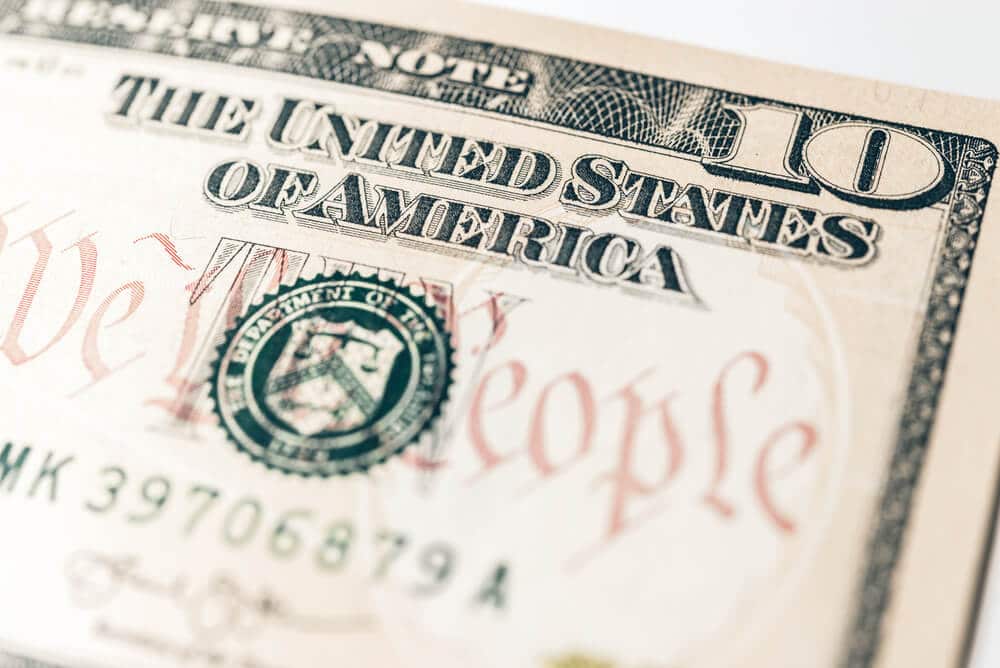

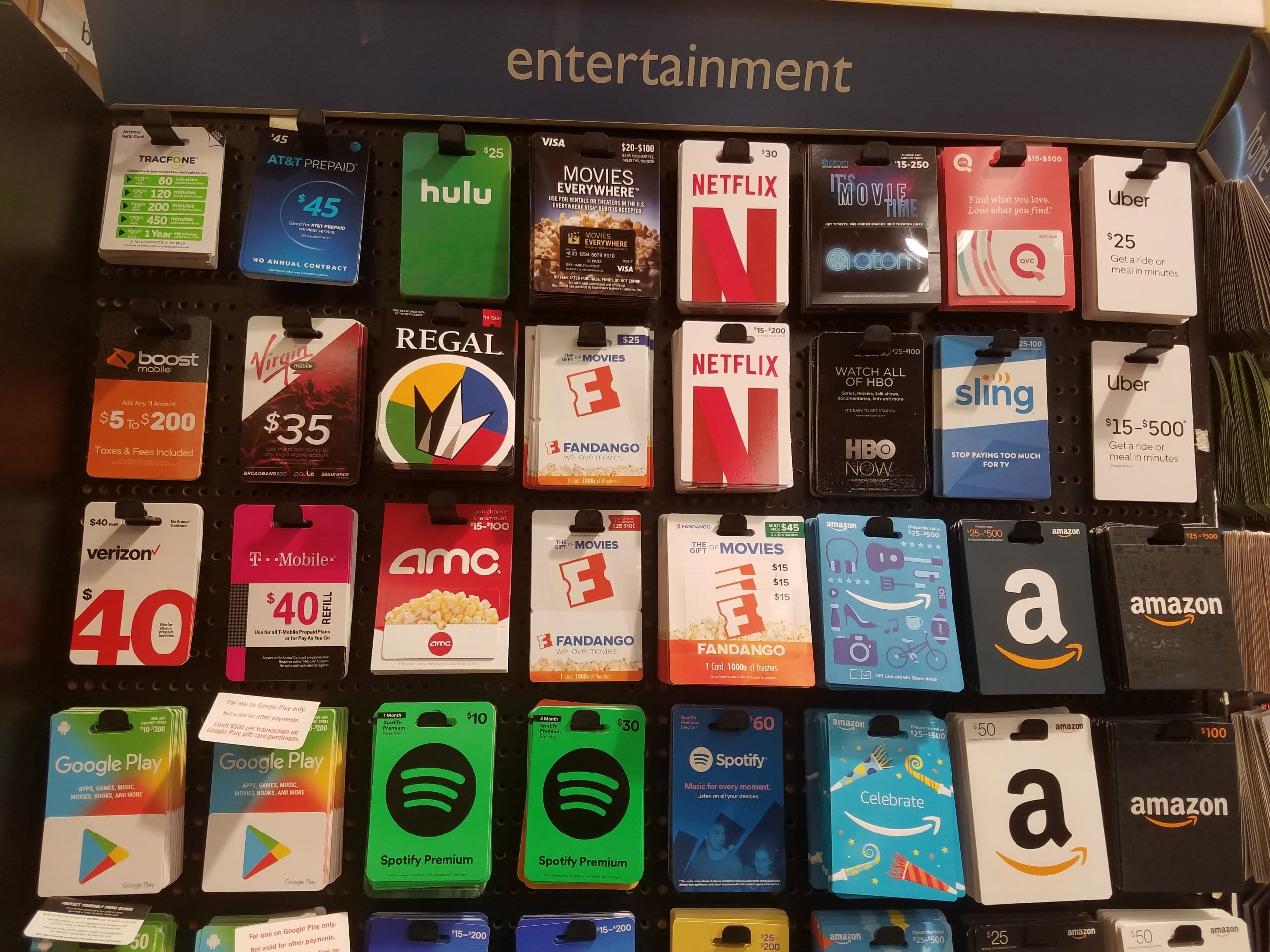


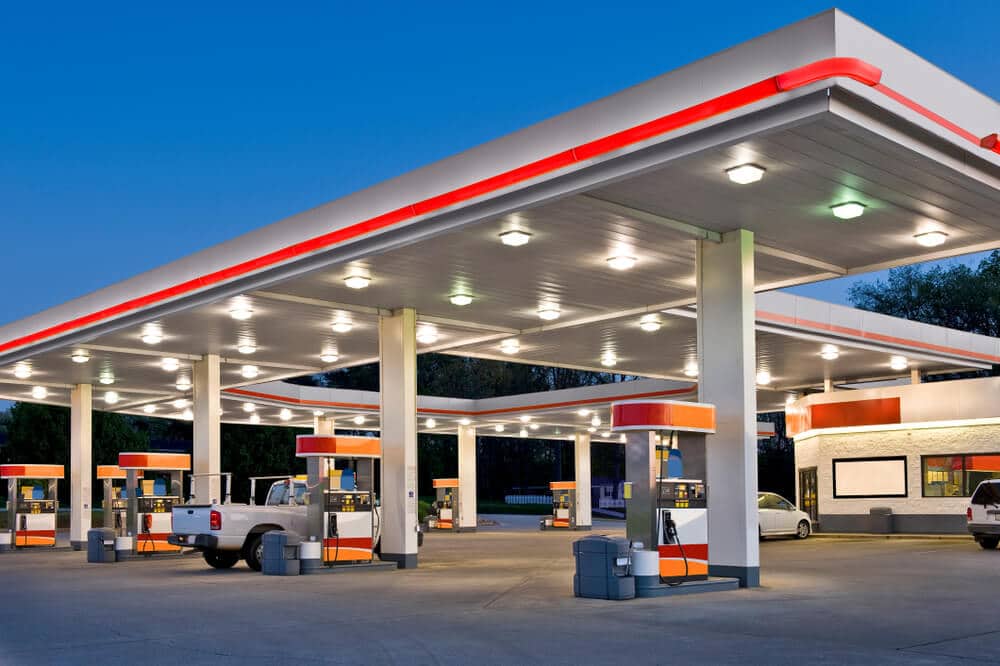
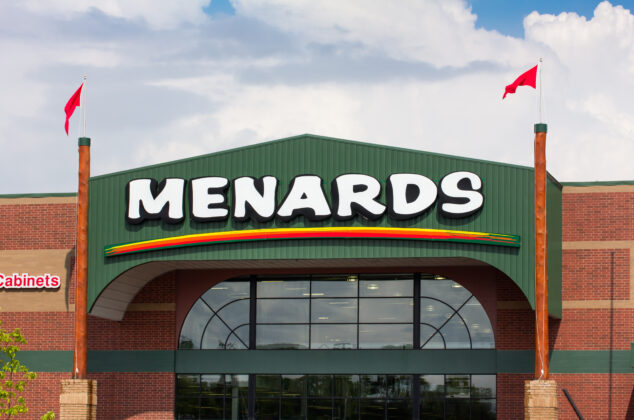
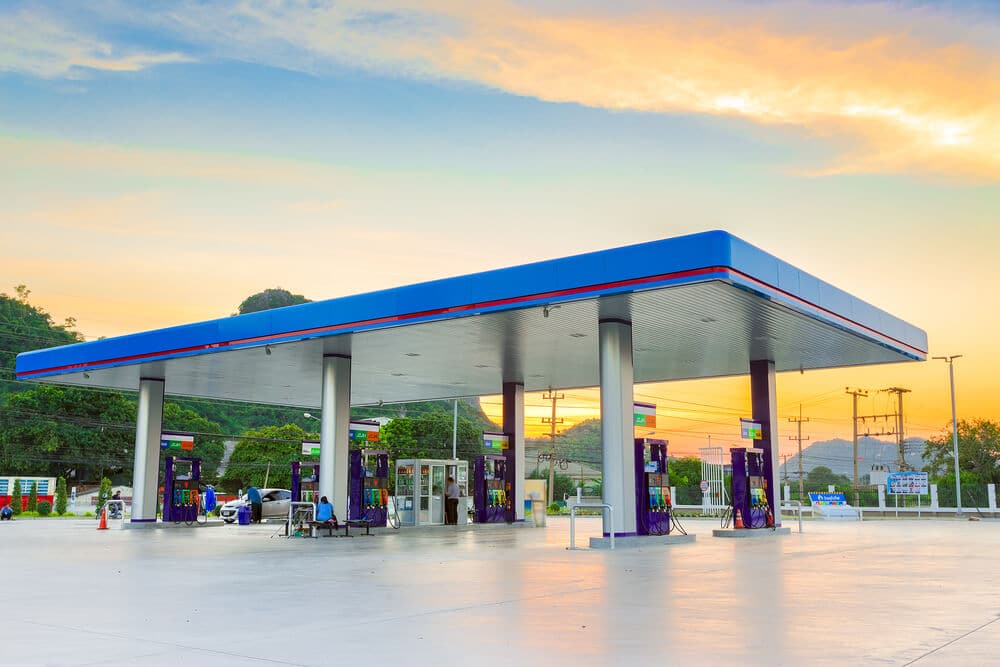
I have a 1950 series c F 2691602 Misprint
I HAVE $10 BILL B48777139C YEAR 1950
I have a 1950 Series C A34823127C
Hello, we have 1950 series B $10 bill in good condition with serial # H25259074B. Is it worth any more than face value?
Cood condition 10 dollar bill serial # f65003963b it says at the botton will pay to the bearer on demand
I have a 1950 ten dollar bill is good condition. F04775661* B Series. I tried to deposit in my bank but the teller told me it could be worth something so I’m just wondering
I have a one and the serial number is F 04775661* B Series. I went to go deposit it in my bank and the teller told me to keep it just in case. I’m just wondering if it’s worth anything?
Hello,
I have a 1950 Series E ten dollar bill in terrific condition with the following serial # B23035262K. No markings, tears, or pin holes, but evidence of perhaps two folds. I would certainly be interested if you think this is worth more than face value.
Hello, I have a 1950 ten dollar bill, great condition, serial number is A10733701 *. Would it be worth anything?
I received in change back at a local hospital…
G77099999A…folded slightly..
Hello I found a great condition 1950 $10 bill series E serial number B44123861K just wondering if it was worth more than face value b4 I spent it and ended up finding out I should have kept it. Thanks much!
We found a $10 1950 series C serial number E19508854C bill. It’s been folded but there is a strange black line along the top edge from the center of the R to the center of the second E in RESERVE. Also what does he number 1689 in the right corner on the back mean?
Hello there 1950 series A
D 01326028 *, also has for 4’s on it and its bank code is D-cleveland Oh
Hello,
I have a 1950 series B $10.00 Bill with serial # B 24899912*. It is not in mint condition, but it is in good conditio.
Thank you,
Michael
Hi Micheal,
Unfortunately, your serial number doesn’t have any special patterns that make your note worth more than face value!
I have a 1950 series D star note ten dollar bill with serial number D10659205
Hi Taylor,
Although your bill doesn’t have any serial irregularities, if it is mint condition, a series D may yield you as much as double the bill’s face value.
I have a 1950 Series A 10 dollar bill that someone gave me, telling me it was worth more than face value. Serial number is: A 71237345 A
Hi Mike,
While that serial number doesn’t fit neatly into one of the categories of serial numbers that increase the bill’s value, it does have a nice kind of symmetry to it! It might be considered a broken ladder (as opposed to a true ladder, which we listed in the article) or maybe some kind of repeater. While its probably not worth a lot more than face value, it might be worth something more. I’d recommend asking a local currency collector if they’d be interested in buying it, and in the mean time, hold on to it.
Hello, I have a $10 1950c with repeating digits A45553899C. Im wondering if it is worth more? Thank you
Hi Alyson,
Unfortunately three of the same number in a row isn’t quite enough, without any other repeating or symmetrical numbers. Sorry!
Hello, I have a 1950 $10 bill serial number B 68785754G
Hi Joe,
Your note’s serial number doesn’t have any unique features that would increase its value, sorry!
1950 10 dollar bill from San Francisco reserves L 96170040 A 1484 printed on the back of the bill
Hi Coltrin,
Looks like that serial code doesn’t have any special features that would raise the bill’s value. Sorry I couldn’t give you better news!
$10 1950 C four 7s ( Chicago) serial G23822109G (twice) mis print shows a half inch long black line on top middle and is printed slanted as a whole.the bottom right corner above the (10 TEN) D489 and on the back right corner 1831 any suggestions thank you!!!
I have a 1963A 20$ Serial # G99048343A
1950C 10$ Serial# C19821897C and the last 9 is lower than the other numbers. Maybe an oddity/error?
1977 10$ Serial# K50759364A
1976 2$(s) Serial numbers are:
F48382661A
G20873849A
G20873851A
H23909916A
H09799209A
I14542773A
I14542771A
J09943732A
K18458435A
L05411209A
L72840101A
and then a 1995 2$ Bill Serial # F29448998B. However, IT has odd markings im not familiar with. The smallest numbers in the top left corner and bottom right corner have this:
D3
fw D 1
Rather than just D followed by a number. not sure what it means or if it means anything but was hoping you could maybe shine some light on the question.
Thanks
Hi Josh,
First, regarding the 1995 $2 bill — $1 and $2 bills are the only notes that still use the format of a letter, followed by eight digits, followed by another number. The first letter represents the Federal Reserve Bank, and the second the advances through the alphabet when all eight character serial numbers have been printed for a specific Federal Reserve Bank within the same series. F is for Atlanta, by the way. The small D3 is the note number position, i.e., where on the larger sheet your bill was before it was cut out. The small FW D1 is the plate serial number, and identifies the plate from which the note was printed. 1995 $2 notes are only worth more if they are low serial number star notes.
1976 $2 bills are only worth more than face value if they are uncirculated, have a low serial number (one starting with several zeros), or are star notes. Unless yours are also uncirculated, they won’t be worth more than $2.
Both $10 bills from 1950 and 1977 are in the same boat — they’re only worth more if they have special serial numbers, as we explained in the article, if they are in mint condition, or if they have a rare misprint. Your misprint sounds pretty minor, so I doubt there’s extra value there.
The $20 is basically the same as the ten in terms of rarity. It’ll only be worth more if uncirculated, if it has a special serial number, or it has a rare misprint.